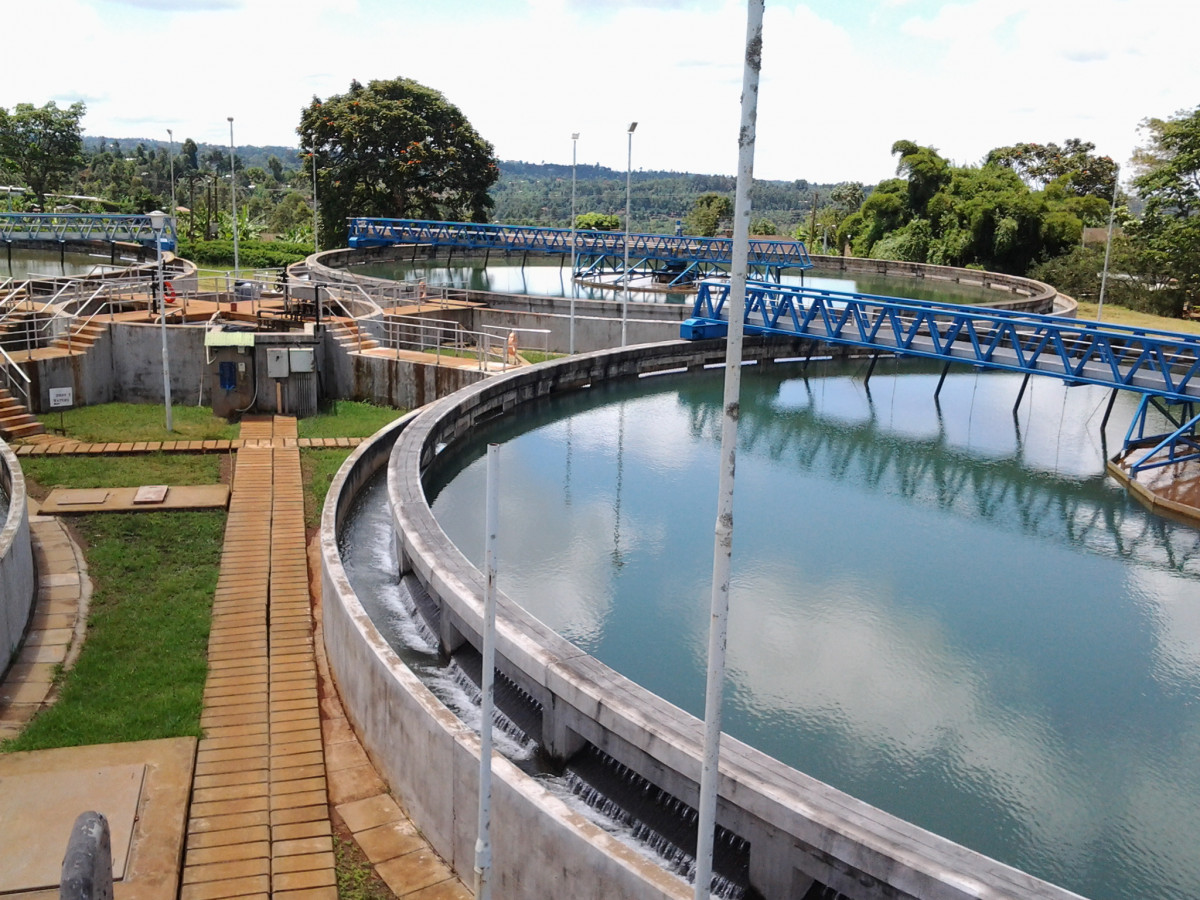How Is Tap Water Treated?

How Is Tap Water Treated?
A Step-By-Step Explanation
Raw water from rivers, lakes, and streams contain sediment and organic materials such as particles of sand, bacteria, and dirt. Each of these needs to be removed before the water is distributed to the public and into our tap water. Many of our water treatment plants use a variety of methods to clean and disinfect the water, the most common including a combination of coagulation and flocculation, sedimentation, filtration, and disinfection.
What are Coagulation and Flocculation?
Chemicals known as coagulants, in this case often Aluminum Sulfate, Ferric Chloride, or Ferric Sulfate, are added to the water towards the inlet of the treatment plant. These chemicals have the opposite charges of suspended solids such as dirt and clay. When combined, the coagulants and particles neutralize and begin to congeal together. The water is then moved to mixing basins for flocculation.

As the coagulants and water slowly combine, they begin to form “floc” particles. The combined weight of dirt and floc becomes heavier and is ready to be moved to sedimentation basins.
In these large basins, the water sits to allow the floc particles to settle out to the bottom of the tank as sludge. The sludge is then removed from the bottom, and the clear water on top flows over weirs toward filtration.
- Note: Some plants, depending on the water source, use dissolved air flotation tanks instead of sedimentation basins to separate floc from the water. In this case, air is pumped to the bottom of the holding tank, creating an outpour of tiny bubbles. As the bubbles float to the surface, they carry floc particles with them. The floc particles and bubbles create a film on top of the surface that is then removed by a large sweeper arm. The cleaner water at the bottom of the tank then moves on for filtration.
What happens during Filtration?
Sand filtration is a physical process used to remove large suspended solids. Rapid sand filters are most commonly used in developed countries for the treatment of large quantities of water. Rapid Sand Filtration requires coagulation and flocculation pretreatment, as well as post-treatment disinfection. Particles with a diameter greater than 100 microns, such as fine sand, are removed by the water being pushed through porous media.

Although filtration removes a large number of contaminants, and even some bacteria, it does not remove all. Disinfection is still required to remove all bacteria and viruses. To move on to disinfection, the turbidity of the water, also known as the number of particles left in the water, needs to be under .3 NTU (Nephelometric Turbidity Units) clarity.
Many treatment plants also include additional filtration through activated carbon basins. Activated carbon particles have hundreds of tiny pores that act like a sponge to adhere to contaminants. Although this process is not necessary, it helps improve the taste and smell of your water.
How do you disinfect water?
In the final process, residual bacteria are removed by disinfection. Water treatment plants have three main ways to disinfect the water, used individually or in combination with one another.
- Chlorine Treatment: compounds such as chlorine dioxide or monochloramine work to kill microorganisms.
- Ozone Disinfection Treatment: Ozone is added to the water, called ozonation, to kill the bacteria in the water, as well as improve taste and odor. Chemicals such as sodium bisulfate need to be added at the end as not to cause any harmful side effects to the public.
- Ultraviolet Radiation Treatment: UV light is shone through the water and scrambles bacteria DNA, making it impossible for them to reproduce
In the United States, chlorine disinfection is most commonly used because of its ability to kill pathogens at the plant, and beyond. Residual chlorine levels remain in the tap water, killing contaminants that might get introduced after leaving the plant. Maximum and minimum levels of chlorine are allowed to protect public health.

After the water has gone through all the phases of coagulation and flocculation, sedimentation, filtration, and disinfection, then it is ready to be pumped into the city’s pipe network for distribution. The water flowing out of the plant is tested for various levels of chemicals, particles, and other water quality parameters that are outlined in a plant permit set by their governing agency. Then the water is deemed safe for consumption and ready for consumers to enjoy!
